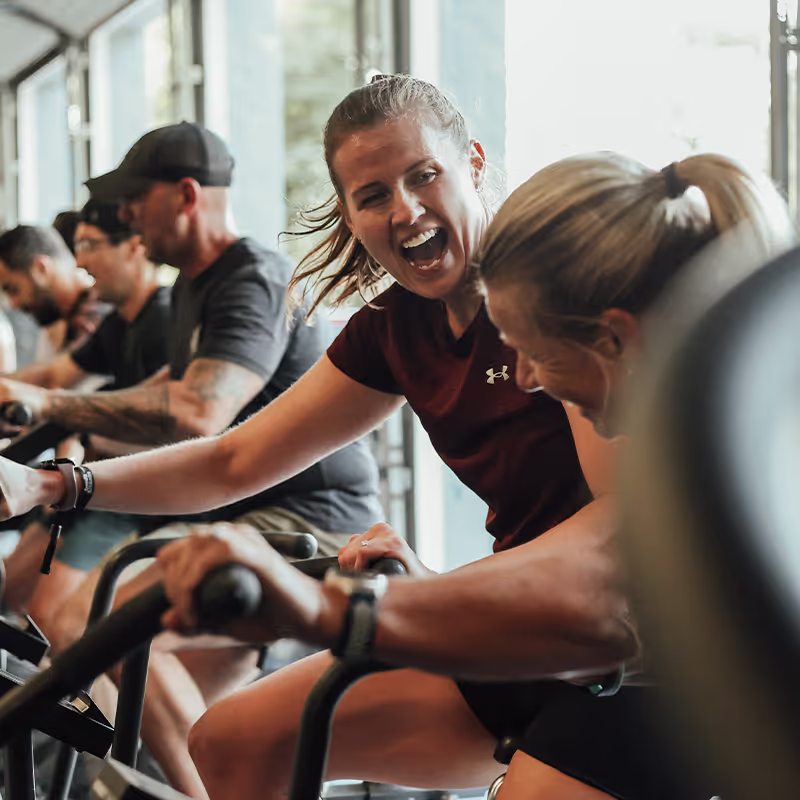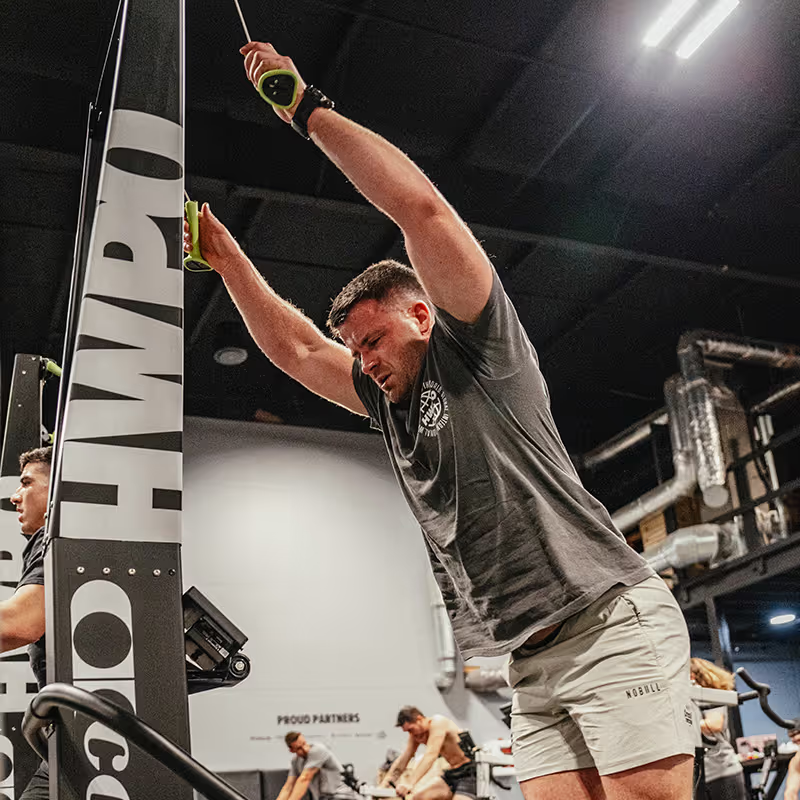Zone 2 training: What it is, why it matters & how to do it
Zone 2 training gets talked about a lot—and for good reason. It’s one of the most effective ways to build your aerobic base, improve recovery, and boost long-term performance. In this blog, we break down what Zone 2 actually is, why it matters, when to do it, and how to make it part of your weekly training.
Aug 13, 2025
Zone 2 training gets thrown around a lot these days - and there is a reason. It’s essential both in training and in life. So let’s dig further into it.
What is it? When should I do it? Why is it important, and how do I do it? Should I be doing it?
These are all really important questions to understand, and hopefully, this blog will leave you with your answers.
If you want to build a better engine, recover faster, and just feel fitter overall, Zone 2 is a non-negotiable. Our programming ethos at HWPO Training uses a theory called “Skill-Threshold” without going too deep into that - on one side, you have high skill movements, and on the other, you have the opposite. The low skills are threshold-limited movements. The far right side of the threshold is where our Zone 2 fits, and it feeds everything up the chain.
What is Zone 2?
Zone 2 is a steady, low-intensity effort. You’re working, but you’re not pushing the pace. Heart rate-wise, we’re talking around 60-70% of your max. It’s the kind of effort where you can breathe through your nose, hold a conversation, and keep going for a while without needing to stop.
The real benefit here is what’s happening inside your body - under the hood. At this pace, your body uses oxygen efficiently and starts tapping into fat as a fuel source - that’s called fat oxidation, which just means your body learns how to burn fat for energy instead of always relying on carbs.
So you’re training your body to go further, for longer, with less strain. And trust me, that pays off across everything else you do. Just think about hitting that AMRAP 20, needing that push in the final 5 minutes. It’s too short a workout to take on carbs during, and not enough time for them to turn to fuel before the workout is finished. If you could have fuelled more of the early stages of your AMRAP with fat oxidation, you’re leaving yourself with more energy availability for the final stages. Not to mention going into better oxygen utilisation too…
Why is it important?
Zone 2 builds your base. That’s the bottom line.
It improves how well your body moves oxygen around, helps you recover faster between tough sessions, and increases your capacity to handle volume. It makes all your other training more effective.
It also helps build more mitochondria - those little things inside your cells that produce energy. More of those = better endurance and output. Plus, if your body’s better at using fat for fuel, you save your glycogen (your quick energy stores) for when you really need it.
It’s also great for long-term health, not just for competitors. Think stronger heart, better blood flow, lower resting heart rate. Things that matter now and later in life!
When should you do it?
Most people should be doing some form of Zone 2 every week. It’s not just for endurance athletes—it fits into CrossFit®, Hyrox, functional bodybuilding, or whatever else you do.
Use it for active recovery or lighter days to keep your engine ticking. I like to factor it into training programmes when I know the athletes will have hit a good amount of intensity or nervous system-stimulating work like heavier weightlifting or intense workouts - that way it’s much more well-received from the athlete. They are craving some lower-intensity training at that point.
How to train in Zone 2
First, get an idea of your heart rate zone. Easiest way to estimate it:
220 minus your age = your max heart rate. Then take 60–70% of that.
If you’re 30, your max is about 190. This means your Zone 2 is between 114 and 133 bpm.
If you’ve got a heart rate monitor, great. If not, you can get a good idea of how comfortable or uncomfortable it is to hold a conversation. You should be able to talk throughout the Zone 2 piece.
Pick a movement that’s easy to sustain - C2 Bike, Rower, Echo Bike, incline walk, light jog, ruck. You’re aiming for a smooth and steady effort that you can control.
Start with 30-40 minutes and build up from there. If you’re consistent, you’ll start seeing benefits quickly, and it won’t feel like such a grind to stay in that zone for longer sessions.
Final thoughts.
Zone 2 isn’t glamorous, but it’s effective. It’s the work that builds the base so you can handle more intensity, more volume, and more training overall.
If you’re skipping it, you’re missing a massive puzzle piece. You don’t need to overcomplicate it - just move consistently, stay in the right zone, and build the engine you’ll rely on for everything else.
Keep it simple. Get it done. Your future self will thank you for it.



Take your training to the next level
Ready to train with purpose? Explore expert programming and structured workouts with HWPO.






